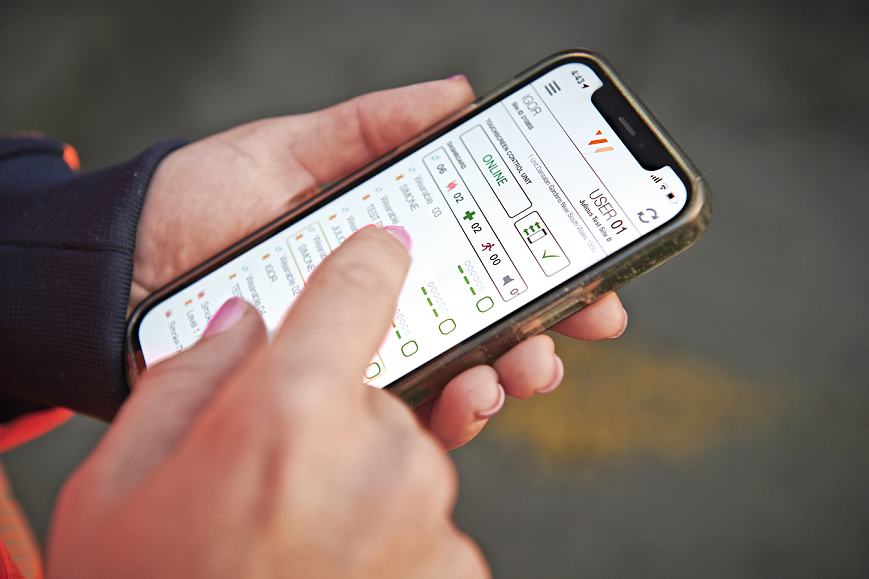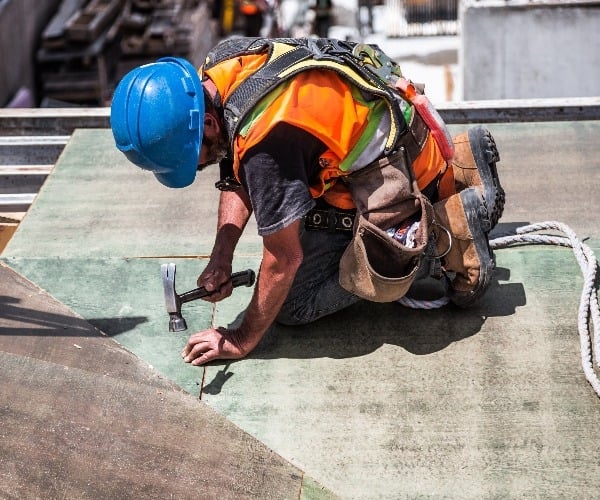On the average construction site, there is a certain group that is particularly vulnerable to injury, both minor and serious. That group is your inexperienced workers.
Firstly, it is necessary to note that this is not simply a matter of age. While younger workers do have an injury rate than older workmates, studies have found that it is inexperience that is the key here. In fact, employees in their first month on a job have more than 3 times the risk for injury compared to someone who has been at their job for more than a year.
So why is this? There are several reasons but one of the most significant ones is an issue of familiarity. Because these workers are not familiar with what they’re doing, they underestimate the risk of certain tasks. They are also likely to be reluctant to speak up about unsafe practices or even to clarify instructions, believing that this will simply confirm their inexperience to superiors.
So with that in mind, how can construction companies support these new workers and lower their chance of injury? Here are our top five ways.
Look at your existing workers
One of the easiest ways to determine how to approach new workers is to look at your existing ones. Are they working in a safe way? Is there a companywide culture that prioritises safety? If not, you likely have a bigger issue on your hands and should look at ways of improving site safety across the board.
Remember, your new workers will likely look to their co-workers for signs on how to behave. If your existing workforce is not doing what you want them to do, this is a crucial first step.
Introduce a mentor or buddy program
Just like your existing workers can set a bad example for your new workers, they can also set a good one. Take the time to look for workers who are doing the right thing and invite them to be part of a mentor or a buddy program.
These programs are essentially the same – you pair an inexperienced worker up with an experienced one and provide additional support and even training through this program. The major difference is the person you choose. A mentor will traditionally be one of your most experienced and older workers who will have an air of authority, while a buddy will normally be someone closer in age and not as experienced. Both programs have their benefits, so it is up to individual companies to decide what works best for them.
Create a unique training program
The training requirements of these new workers are different, and your programs should reflect this. Like all training, it is worth keeping your sessions short to ensure maximum efficiency but the content you cover should also be different. Focus on offering practical advice while also outlining your expectations for safety on site. You should also reinforce the process of how to report any concerns or what the procedure is in the case of an accident and make sure that these new workers have been introduced to any health or safety officers on site.
With this, make sure you are not simply focusing on what to do in an emergency. Instead, it should be far more focused on your expectations on a daily basis and include instructions on things like safe ways to lift heavy items and how to check safety equipment.
Check in with inexperienced workers
Unfortunately, you can’t assume that your workers will simply come to you with their concerns and this is even more true of younger or inexperienced workers. It is essential that you check in with them and give them the time to speak up. This is even more true if you choose not to utilise a mentor or a buddy program as these workers may not feel as though people will want to hear these issues from someone who “doesn’t know anything.”
As part of this check in program, we recommend that you also reinforce your company policies on safety and even provide additional training to improve its effectiveness. Make this a regular thing.
Consider companywide policies
Many companies across the world have gone a step further in prioritising safety for these workers with programs applied across all projects. One of the most frequent one we see is requiring all new workers to wear a certain colour hardhat. This means everyone knows at a glance who falls into this category, allowing individuals to offer additional guidance or advice as required.


